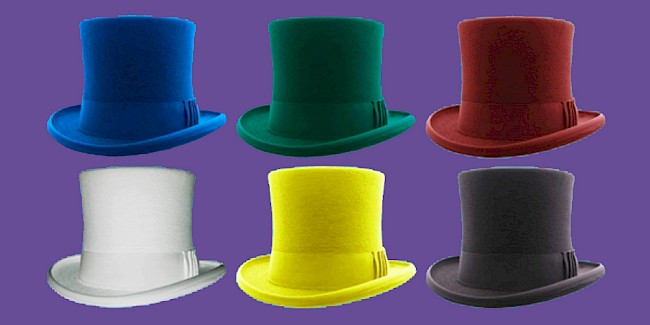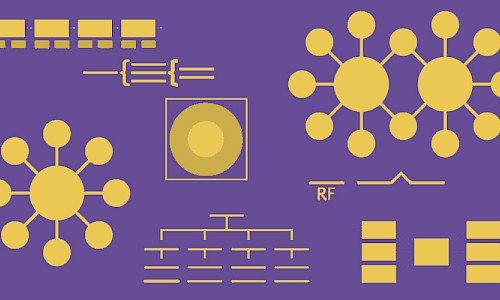How Are They Used?
The Thinking Hats provide the opportunity to develop reflective and flexible thinkers who carefully look for solutions, whilst acknowledging positives, limitations, facts and emotions. The Hats also weave an important thread through the pastoral curriculum and provide a clear and structured framework to discuss thoughts and feelings; for example, by working through a 6 Hat analysis and reflecting from the different perspectives, students can gain a deeper understanding of how their behaviour impacts others and begin to rationalise their emotions in a non-destructive manner. They also provide a flexible approach to discussions as there is no rules regarding the order the students use the hats in or which hats they choose to omit or revisit. This means that students can guide their own analysis leaving no stone unturned. The approach in this sense can improve student independence and confidence.
Thinking Hats are an easy to remember visual tool for learners to ensure they look at all perspectives to provide well rounded responses. Younger learners can often be seen placing actual hats on their heads and discussing from the perspective of that hat, for example discussing the positive attributes of a book character and why, whilst sporting a bright yellow hat. Some younger learners within our Trust have actions for each hat to help them focus their thoughts whilst some older learners self-select which Hats they require to evaluate during a specific learning activity.
Hat | Type of Thinking | Questions to stimulate thinking |
|---|

| Emotions | How does that make you feel? |

| Positives | What is good and why? |

| Limitations | What might a limitation be and why? |

| Facts | What are the facts we already know? What do we not know? |

| Solutions/Creativity | How might we solve that? What strategies have we got? |

| Process control | Where have we been? What are our next steps? |








